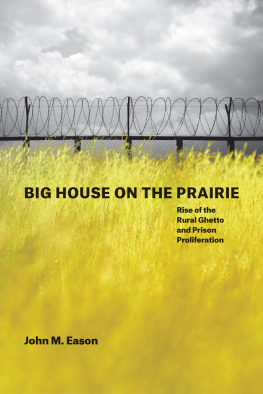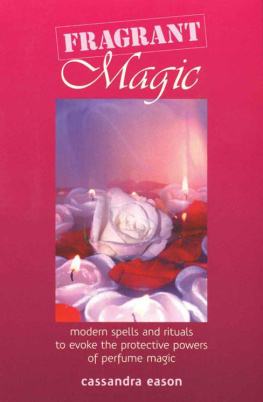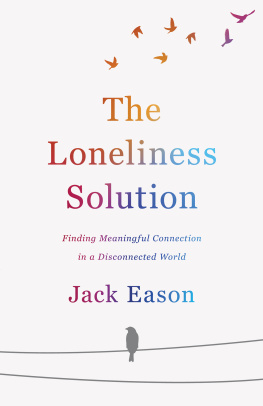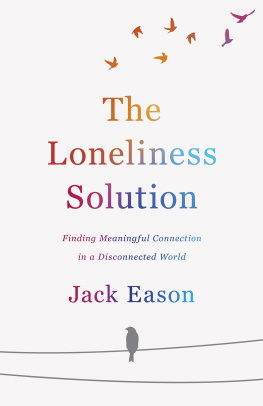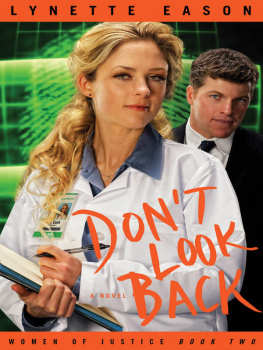John M. Eason - Big House on the Prairie
Here you can read online John M. Eason - Big House on the Prairie full text of the book (entire story) in english for free. Download pdf and epub, get meaning, cover and reviews about this ebook. year: 2017, publisher: University of Chicago Press, genre: Politics. Description of the work, (preface) as well as reviews are available. Best literature library LitArk.com created for fans of good reading and offers a wide selection of genres:
Romance novel
Science fiction
Adventure
Detective
Science
History
Home and family
Prose
Art
Politics
Computer
Non-fiction
Religion
Business
Children
Humor
Choose a favorite category and find really read worthwhile books. Enjoy immersion in the world of imagination, feel the emotions of the characters or learn something new for yourself, make an fascinating discovery.
- Book:Big House on the Prairie
- Author:
- Publisher:University of Chicago Press
- Genre:
- Year:2017
- Rating:3 / 5
- Favourites:Add to favourites
- Your mark:
- 60
- 1
- 2
- 3
- 4
- 5
Big House on the Prairie: summary, description and annotation
We offer to read an annotation, description, summary or preface (depends on what the author of the book "Big House on the Prairie" wrote himself). If you haven't found the necessary information about the book — write in the comments, we will try to find it.
Big House on the Prairie — read online for free the complete book (whole text) full work
Below is the text of the book, divided by pages. System saving the place of the last page read, allows you to conveniently read the book "Big House on the Prairie" online for free, without having to search again every time where you left off. Put a bookmark, and you can go to the page where you finished reading at any time.
Font size:
Interval:
Bookmark:
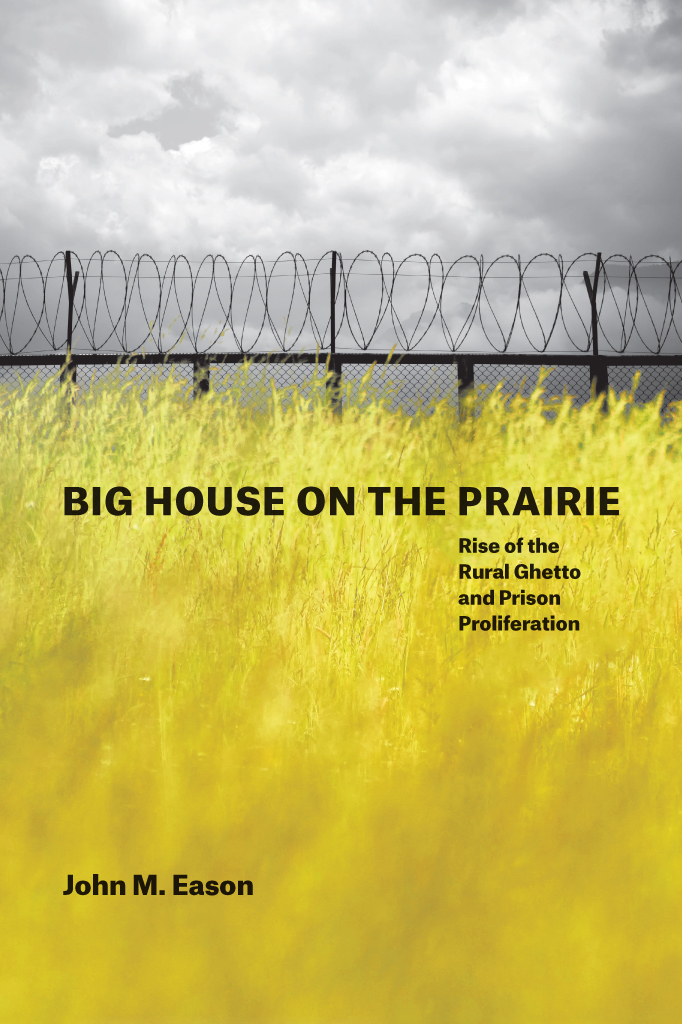
John M. Eason
The University of Chicago Press
Chicago and London
The University of Chicago Press, Chicago 60637
The University of Chicago Press, Ltd., London
2017 by The University of Chicago
All rights reserved. No part of this book may be used or reproduced in any manner whatsoever without written permission, except in the case of brief quotations in critical articles and reviews. For more information, contact the University of Chicago Press, 1427 E. 60th St., Chicago, IL 60637.
Published 2017.
Printed in the United States of America
26 25 24 23 22 21 20 19 18 17 1 2 3 4 5
ISBN-13: 978-0-226-41020-3 (cloth)
ISBN-13: 978-0-226-41034-0 (paper)
ISBN-13: 978-0-226-41048-7 (e-book)
DOI: 10.7208/chicago/9780226410487.001.0001
Names: Eason, John Major, author.
Title: Big house on the prairie : rise of the rural ghetto and prison proliferation / John M. Eason.
Description: Chicago ; London : The University of Chicago Press, 2017. | Includes bibliographical references and index.
Identifiers: LCCN 2016023253 | ISBN 9780226410203 (cloth : alk. paper) | ISBN 9780226410340 (pbk. : alk. paper) | ISBN 9780226410487 (e-book)
Subjects: LCSH: PrisonsLocationUnited States. | PrisonsSocial aspectsUnited States. | Forrest City Federal Correctional Facility. | Forrest City (Ark.)Social conditions. | United StatesRural conditions20th century. | Sociology, Rural.
Classification: LCC HV8827 .E273 2017 | DDC 365/.973dc23 LC record available at https://lccn.loc.gov/2016023253
 This paper meets the requirements of ANSI/NISO Z39.48-1992 (Permanence of Paper).
This paper meets the requirements of ANSI/NISO Z39.48-1992 (Permanence of Paper).
To Coach, Norma, and Junior
Big House on the Prairie represents a new approach to the study of punishment in the United States. This inquiry explains the causes and consequences of the prison boomthe rapid expansion from 511 to 1,663 prisons in the United States in roughly thirty-five years. I argue that the prison boom is best understood from the perspective of the rural southern towns most directly affected by their placement, as opposed to the northern urban centers whose residents are believed to fill prison cells. This radically different perspective will deepen our understanding of what theorist David Garland refers to as the new iron cage, where justifications for prison building have been replaced with the system taking on a life of its own, giving rise to adaptive behavior serving secondary interests. The most insidious form of this new iron cage is the penal-industrial complexthe set of bureaucratic and private institutions that produce and manage jobs around prison building. This book argues that the self-fulfilling mandate of the so-called prison-industrial complex (PIC) is best understood not as a by-product of either late industrial capitalism or racism, but rather as a last-ditch effort of stigma management in avoiding continued decline by rural towns suffering from the rise of the rural ghetto.
The research questions explored in this manuscript emerged as I served as a community and political organizer in one of the neighborhoods that sends a disproportionate number of its residents to rural prisonsthe South Side of Chicago. My experience as a community organizer in Chicago provided me with a new way of thinking about the importance of race in shaping criminal justice policies and practices. As my mentor, thenstate Senator Barack Obama taught me to temper passion for social change with rationality in implementing public policy initiatives. As I soon found out, local initiatives to reduce crime can have unintended consequences.
The community group I was working with had partnered with elected and appointed city officials, including the police, to combat drug dealing in the neighborhood. Using surveys conducted at community meetings, we identified drug dealing hot spots. We used secret ballots, because we wanted to inform the elected officials but protect residents anonymity. We decided to hold a march to heighten neighborhood awareness of our new campaign, Operation Holy Ground. This would be the first in a series of marches that resulted in the closure of drug houses. Before we left the Catholic church basement to embark on the march, the core group of ten leaders organizing this action stood together holding hands in a prayer circle, led by a deaconess from a neighboring United Church of Christ congregation. During minute eight of her ten-minute prayer, as she repeatedly belted out, In the name of Jesus, a lay leader from the Catholic church nudged me, opened one eye, and whispered across his tilted, cottony, gray afro and furrowed gray brow, shes gonna pray the birds out the trees! Despite their proximity (the two churches were separated by fewer than four city blocks), these congregations rarely engaged in activities together before they joined the community organization. Since then, they have occasionally worshiped together and have shut down drug dealing operations in a dozen or so homes within the neighborhoodin the process sending scores of young black men and women to prison.
That night the march included over a hundred residents, the alderman, the Chicago Police district commander, and three three patrol cars with lights flashing and loudspeakers in operation. As we made our way from the Catholic church, we stopped to pray at several homes where we had previously shut down drug-selling operations, leaving signs in the front lawns that read, This Property Has Been Reclaimed as Holy Ground. This march was led by half a dozen clergy dressed in full clerical garb, including collars, colorful headgear, and even robes. The clergy represented the Catholic, Presbyterian, United Church of Christ, and United Methodist Church denominations, but that evening they prayed, sang, and preached with a single mind and spirit. Accompanied by several squad cars, clergy locked arms with the alderman and police commander, taking up the entire width of the street. When we reached our final stop, we sang and prayed, after which a priest sprinkled holy water and recited biblical verses announcing that the property in question was indeed reclaimed as holy ground. As we departed, we staked our This Property Has Been Reclaimed as Holy Ground sign in the front lawn. We knew, however, that our performance would not stop the drug dealers operations. That would take his arrest, which typically followed within a week after the march.
Afterward, we held an evaluation in the church basement to learn how to better address and resolve the tensions in our work. As I went around the room, I asked each of the leaders how they felt about their specific performance in their duties and how well the action was executed overall. They were all excited! Many felt powerful as they stood up for their values in a way they never thought possible. The church leaders expressed outrage at the ubiquity of drugs and gangs in their middle-class black neighborhood. This righteous anger fueled our work. It motivated lay leaders to give up evenings and weekends to plan activities like marches, to meet with city officials, and to mobilize friends/neighbors for community engagement. However, the feeling of victory from the march, including police support to close the drug house, was short-livedthere was a human cost to our actions. The drug dealer in question, it turned out, was the son of a church member. Our triumph had yielded losses for families within the ranks of our own organization, as the police would have to arrest the perpetrator and several other young black men to fulfill their commitment to the marchers that night.
Font size:
Interval:
Bookmark:
Similar books «Big House on the Prairie»
Look at similar books to Big House on the Prairie. We have selected literature similar in name and meaning in the hope of providing readers with more options to find new, interesting, not yet read works.
Discussion, reviews of the book Big House on the Prairie and just readers' own opinions. Leave your comments, write what you think about the work, its meaning or the main characters. Specify what exactly you liked and what you didn't like, and why you think so.

